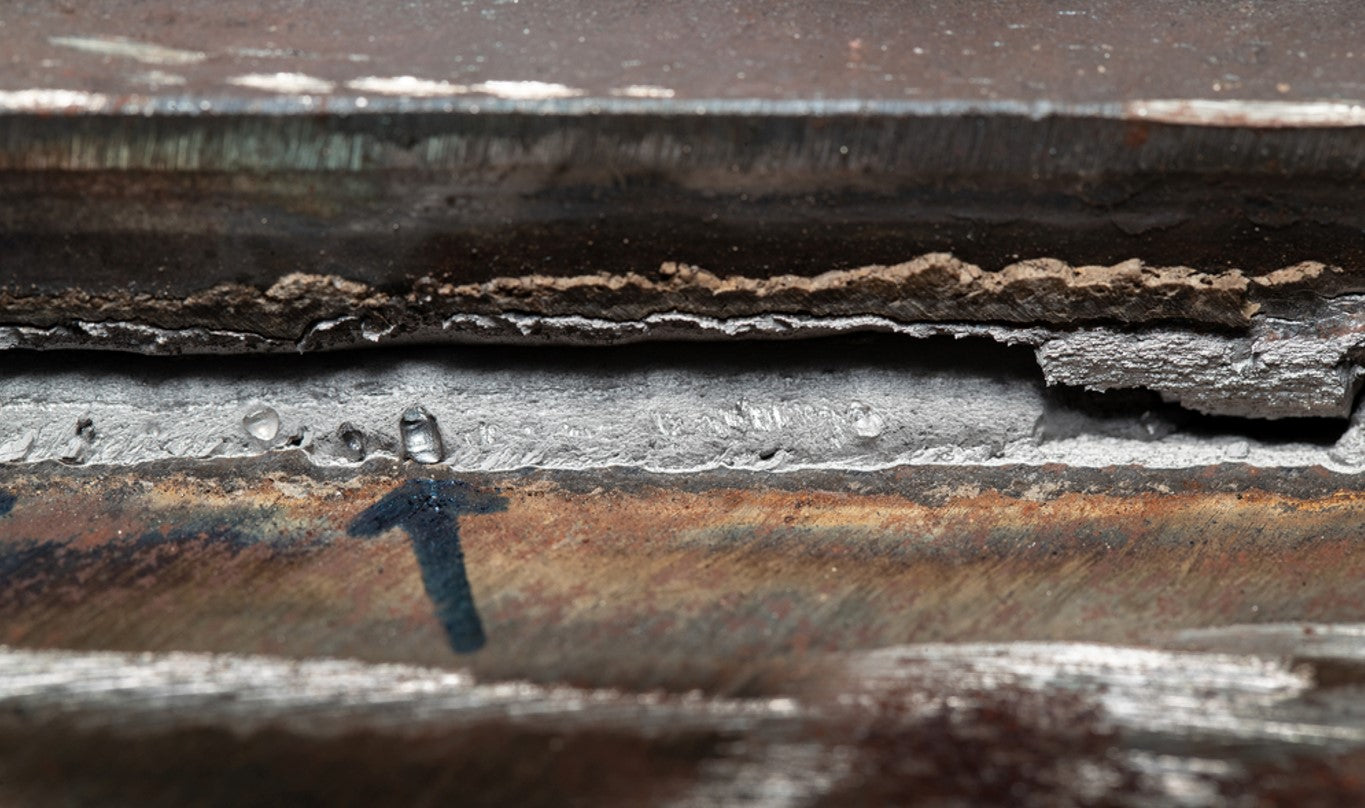Preventing Weld Undercut: Proven Methods Every Welder Must Know
Preventing Weld Undercut: Proven Methods Every Welder Must Know
Blog Article
Vital Tips for Welders: Preventing Undercut Welding and Ensuring Stronger Weld Joints
In the realm of welding, achieving strong and durable weld joints is the keystone of generating top quality work. One usual obstacle that welders commonly come across is undercut welding, which can endanger the stability of the weld joint.

Comprehending Undercut Welding
Undercut welding is a typical welding problem that happens when the weld metal stops working to appropriately load the groove and causes a groove-like depression along the weld bead. This problem deteriorates the weld joint, making it at risk to fracturing and failing under stress and anxiety. Undercutting can be triggered by different aspects, consisting of extreme welding present, high welding speed, incorrect electrode angle, wrong electrode dimension, and bad welding method.
One of the main reasons for undercut welding is a discrepancy between the welding current and the welding rate. If the welding current is also high or the welding rate is as well fast, the weld steel might not appropriately load the groove, bring about undercutting. Additionally, using an electrode that is also huge can lead to a similar end result, as the excess steel can not properly move into the groove.
To avoid undercut welding, welders should guarantee they are using the correct welding criteria, preserve a suitable electrode angle, pick the proper electrode size, and method proper welding strategies. By attending to these elements, welders can minimize the threat of undercutting and produce stronger, a lot more reputable weld joints.
Proper Welding Method
Effective welding method plays an important function in making certain the quality and stability of weld joints. One essential facet of correct welding technique is preserving the right angle and range in between the welding gun and the work surface.
In addition, a stable and constant hand motion is important for producing solid and long lasting weld joints. Welders ought to aim for smooth, uniform movements to ensure also distribution of the weld material. Correct control of the welding weapon and filler material is additionally vital to achieving optimal infiltration and combination.
Moreover, controlling the warm input and selecting the ideal welding specifications based on the material being bonded are essential consider achieving high-grade welds - Preventing weld undercut. Welders should comply with the recommended setups supplied by welding procedure specs and change them as needed based on the certain demands of the task. By grasping correct welding methods, welders can considerably improve the strength and dependability of their weld joints
Picking the Right Electrode
When considering the value of choosing the appropriate electrode in welding applications,Keeping the correct angle and range between the welding gun and the work surface is essential. The option of electrode plays a critical function in figuring out the top quality and stamina of the weld joint. Electrodes can be found in numerous kinds, each made for specific functions and materials.
To start with, selecting the appropriate electrode diameter is necessary. Thinner electrodes appropriate for welding thin products, while thicker electrodes are much better for thicker products and higher heat applications. Matching the electrode diameter to the density of the work surface aids attain a well balanced weld.
Secondly, recognizing the material make-up of the electrode is essential. Various electrodes are designed for welding details products like steel, stainless-steel, light weight aluminum, or cast iron. Using the appropriate electrode material makes sure great combination and minimizes the threat of flaws in the weld.
Last but not least, taking into consideration the welding setting and method is crucial when selecting the electrode kind. For circumstances, specific electrodes are much better matched for above or upright welding positions, while others work well for flat or straight placements. Picking the ideal electrode based on the welding strategy boosts the total weld quality and honesty.
Preparing the Base Steel
To make certain an effective welding process, what preliminary steps should be taken when preparing the base steel for welding? Furthermore, any existing weld product or deposit from previous welding ought to be removed to ensure a clean surface area for the new weld.

Carrying Out Post-Weld Inspections

After carrying out these evaluations, welders have to contrast the outcomes against market criteria and task requirements to ensure that the weld joint meets all required requirements. Any type of insufficiencies or inconsistencies uncovered throughout the post-weld examination should be promptly addressed via ideal corrective measures to assure the weld's honesty. By faithfully executing post-weld examinations and without delay dealing with any type of problems, welders can maintain the quality and integrity of their job, inevitably adding to the safety and security and longevity of the bonded structures.
Verdict

Finally, stopping undercut welding and ensuring stronger weld joints require a combination of appropriate welding technique, selecting the right electrode, preparing the base metal properly, and performing post-weld evaluations. By comprehending the causes of undercut welding and executing the essential safety site link measures, welders navigate to this site can create premium weld joints that satisfy sector standards and guarantee the structural integrity of the welded parts.
Undercut welding is an usual welding defect that occurs when the weld metal fails to effectively load the groove and results in a groove-like depression along the weld grain (Preventing weld undercut). Damaging can be caused by various factors, including too much welding existing, high welding speed, incorrect electrode angle, incorrect electrode size, and inadequate welding technique
One of the primary factors for undercut welding is an imbalance in between the welding present and the welding rate. If the welding current is too high or the welding speed is as well quickly, the weld metal may not adequately fill up the groove, leading to damaging.Maintaining the appropriate angle and range in between the welding weapon and the workpiece is essential when taking into consideration the importance of selecting the appropriate electrode in welding applications.
Report this page